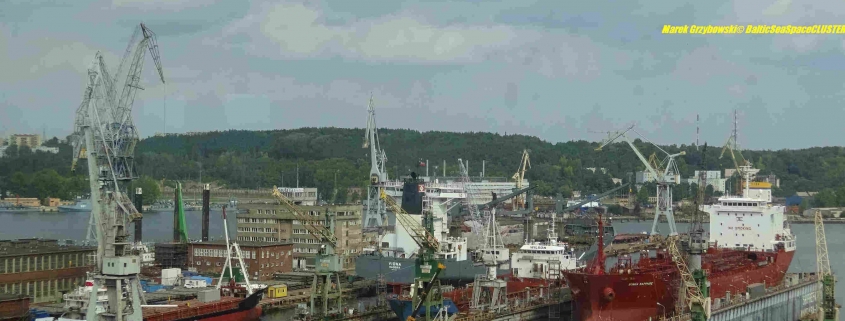
POMERANIAN SPECIAL ECONOMIC ZONE 
Pomeranian Special Economic Zone was established in 2001 and operates in Northern part of Poland in the Kuyavian-Pomeranian Region and in the eastern part of the Pomeranian Region. Industrial areas are located on the main communication routes – the A1 motorway, international airports (Gdańsk and Bydgoszcz) as well as the sea ports (Gdańsk and Gdynia).
Pomeranian Special Economic Zone being part of Polish Investment Zone supports entrepreneurs who plan new investments. One of its key features is a tax exemption granted for a period of 10-15 years. This aid is granted to enterprises representing industry and modern service sectors, regardless of size and location.
PSEZ also collects information on the target directions of export development from entrepreneurs in the zone and provides entrepreneurs with opportunities of participating in business missions and international export events, offered by business environment institutions (BEI).
Advantages of the Pomeranian SEZ:
- comprehensive service for domestic and foreign investors, including income tax exemption and investment advice,
- Gdańsk Science and Technology Park, which combines science and business, stimulates innovative entrepreneurship, supports starts-ups and enterprises with a unique idea.
- Baltic Port of New Technology in Gdynia located on the former grounds of Gdynia Shipyard – supports development of the shipbuilding and maritime industries, bringing together the largest companies of these industries in the region,
- Industrial Robots Programming Center and MOLANOTE laboratories,
- collaboration between enterprises and schools/universities.
PORT OF GDYNIA https://port.gdynia.pl/en/
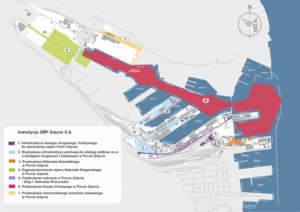
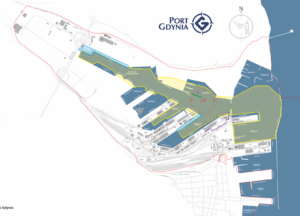
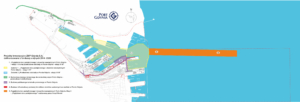
Location of the Port
Geographical coordinates …….. 54°32′ N, 18°34′ E
Navigation Conditions
The Port of Gdynia has very favourable navigation conditions. Roadstead – protected by the Hel Peninsula, which is a natural year-round shield for the anchored vessels, the 2.5 km long outer breakwater and a 150 m wide and 14 meters deep entrance to the port make the port easily accessible from the sea. The Port of Gdynia is a warm water port, where there are no tides. The water level may rise by 60 cm during the strong westerly winds, or fall by about 60 cm during strong easterly winds.
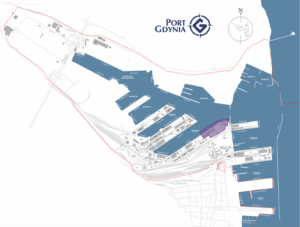
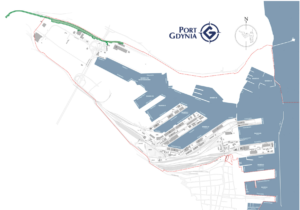

The quays and the total area
The quays at the Port of Gdynia are 17,700 meters long, of which over 11,000 are used for handling operations. The total area of the port: 973 hectares, including the land area of 621 hectares.
https://port.gdynia.pl/en/projects-and-investments/eu-projects-investment-2007-2013
https://port.gdynia.pl/en/projects-and-investments/eu-projects-investment-2014-2020
https://port.gdynia.pl/en/projects-and-investments/eu-projects-study
https://port.gdynia.pl/en/projects-and-investments/eu-projects-study-finished
https://port.gdynia.pl/en/projects-and-investments/eea-grants-norway
https://port.gdynia.pl/en/projects-and-investments/b-r-projects
PORT OF GDANSK https://www.portgdansk.pl/en/
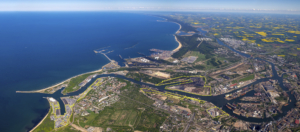
Panorama Portu w Gdańsku, maj/czerwiec 2020, fot: Kacper Kowalski / aeromedia.pl
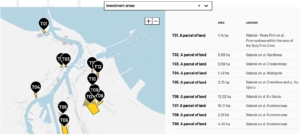
The Port of Gdańsk is the only Baltic port that supports direct container connections with China. For Asia, we are a marine gateway to the markets of Central and Eastern Europe, the most dynamically developing region of the European Union. Many international transport corridors begin and end at the Port of Gdańsk.
The Port of Gdańsk is divided into two areas. The first is the Inner Port, situated along the Dead Vistula, and the port channel. The other is the Outer Port, located in Gdańsk Bay.The area of the Inner Port contains: container terminal, ferry-passenger and RO-RO terminal, quays for loading and unloading passenger cars, citrus fruits, sulphur or fertilisers. The Inner Port is optimised for handling conventional general cargo and bulk goods (metallurgical products, heavy cargo, oversized cargo, cereals, artificial fertilisers, ores or coal).
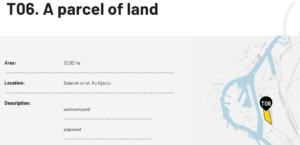
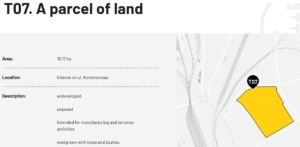
The Outer Port comprises 4 piers: fuel pier, coal pier, LPG pier and ore pier, as well as the DCT (Deepwater Container Terminal) located in Gdańsk Bay. Here we handle energy resources such as liquid fuels, coal and LPG. Thanks to dynamic development of this part of the port (such as the construction of general cargo terminal, foundation of PERN Petroleum Terminal, extension of DCT) we are still seeking new directions for spatial development of the port. The construction of the Central Port is planned for the next few years. This project involves development works concerning a body of water which spans over 410 ha.
